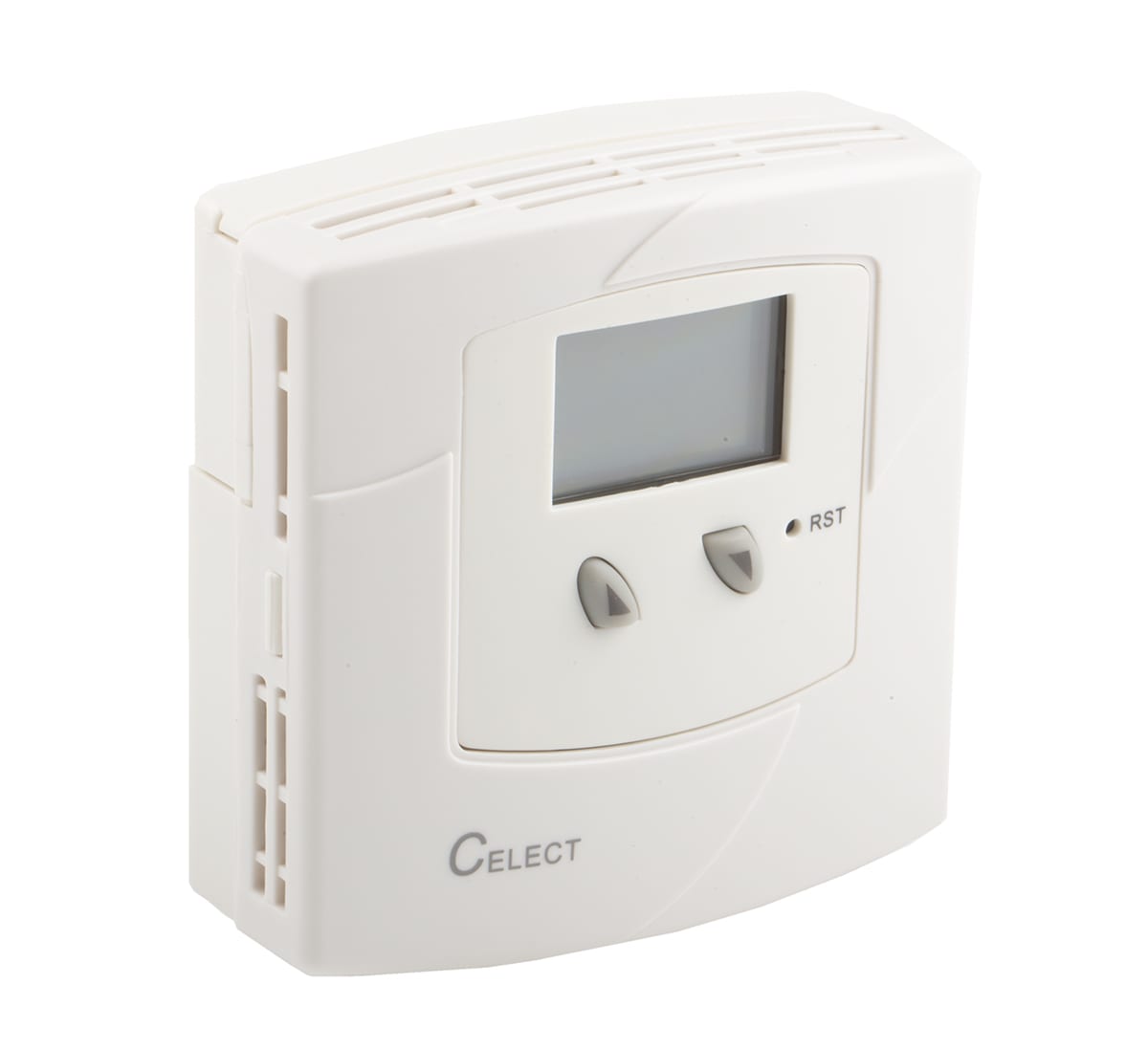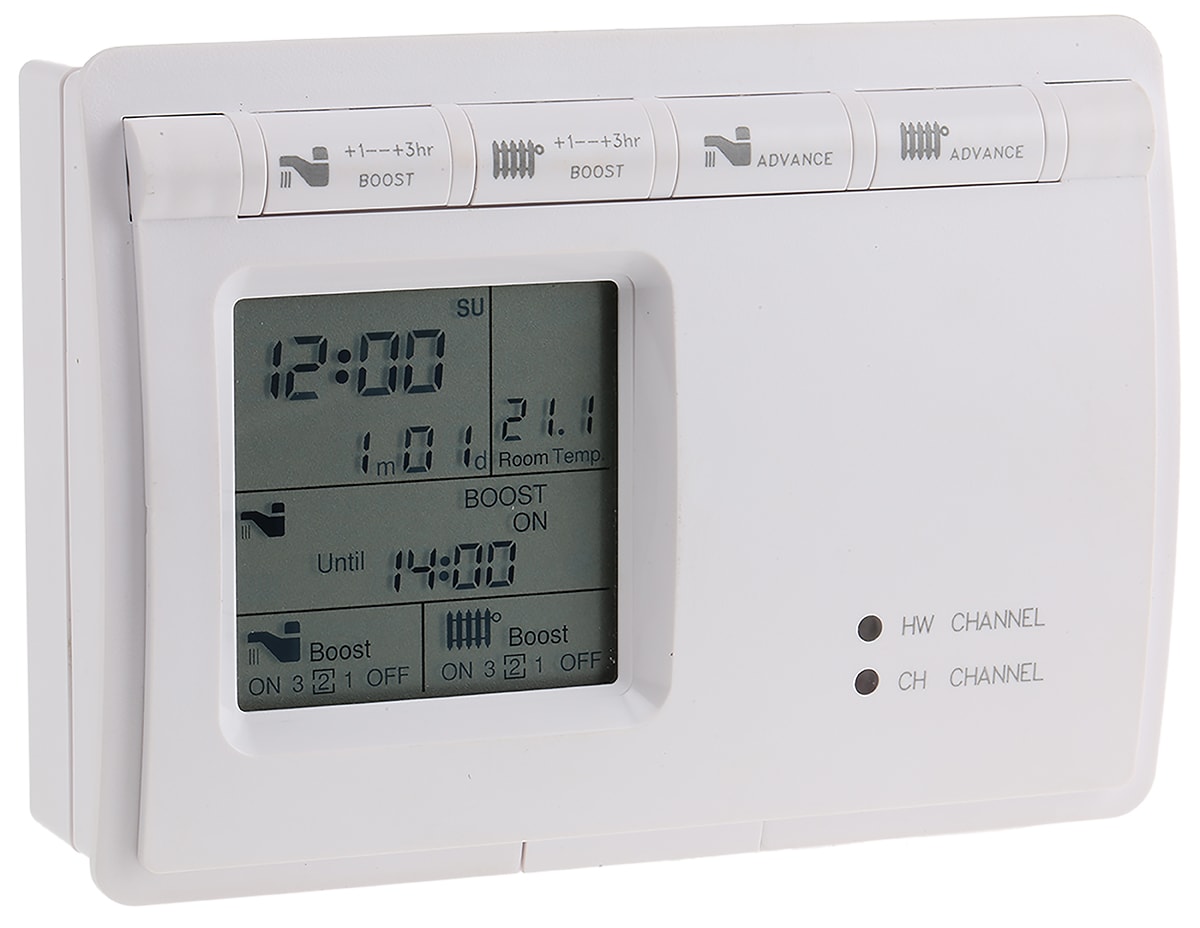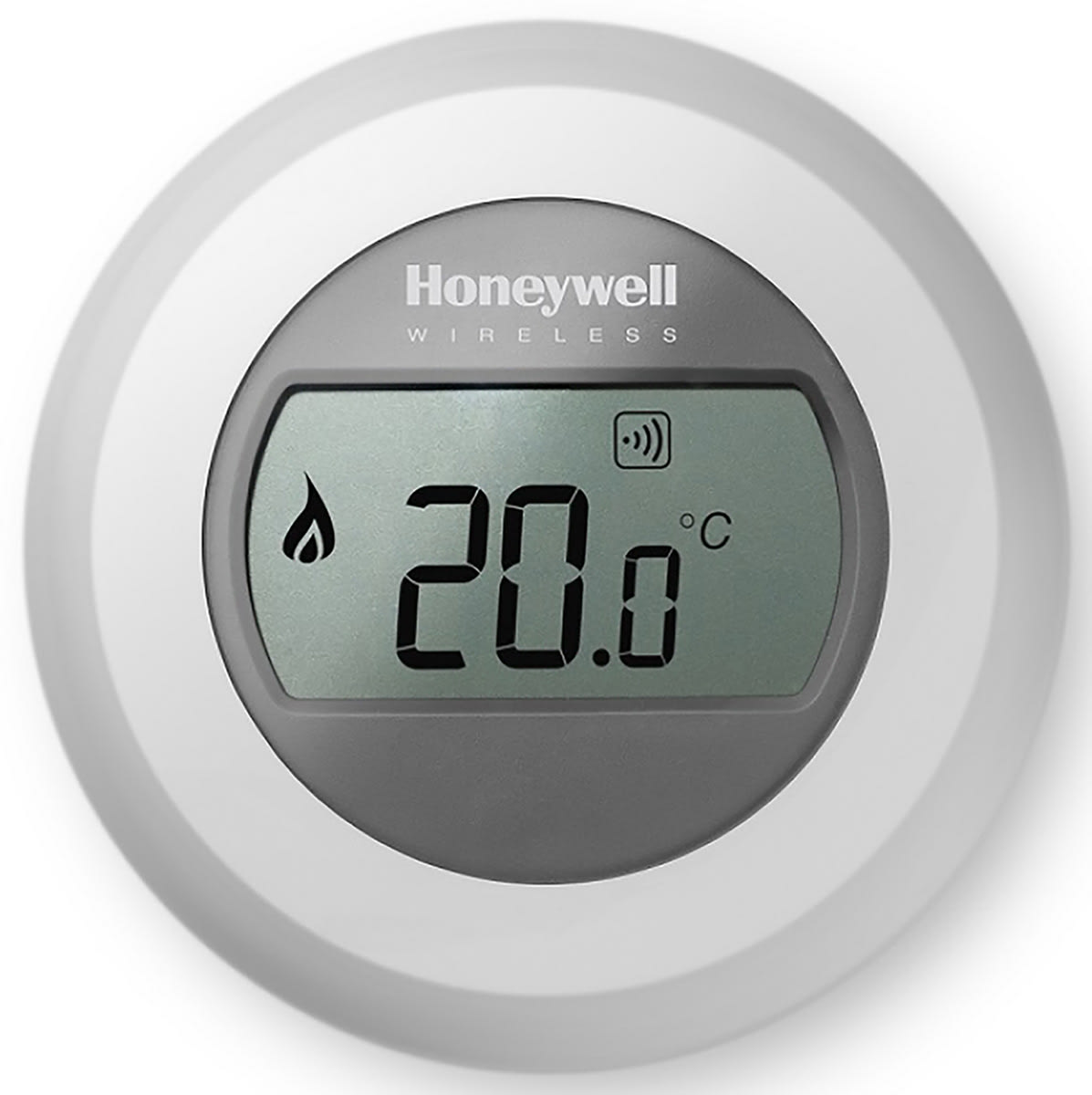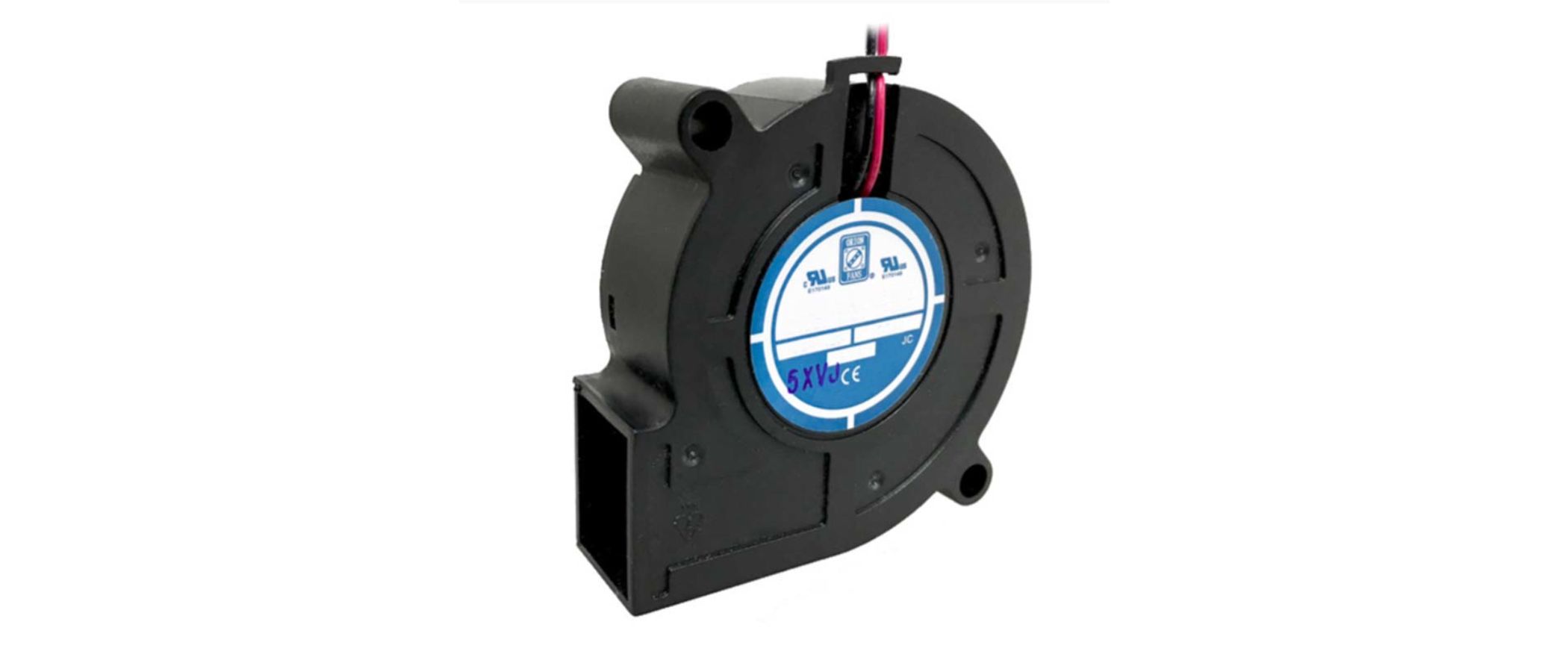A Complete Guide to Thermostats
Our comprehensive thermostats guide explains their uses, the different types, and their advantages.

What is a Thermostat?
These familiar devices are used to monitor and control the heating systems used in buildings.
The fundamental function of these products is the maintenance of a preferred or target temperature - called the setpoint temperature - within the building where they are installed. This may be ambient heat, air conditioning or hot water control. In other words, they work to close any gaps between the current temperature and the preferred one within an environment.
These adjustable devices can be set to respond to changing temperatures, switching on the heating when the temperature dips to a certain point and then switching it back off once the rooms are sufficiently warm. Alternatively, thermostats can simply be set to switch heating systems on or off at set times.
They can be installed in a variety of locations, from directly on the system boiler to mounted on a wall.
How Does a Thermostat Work?
Let’s look at how thermostats work. While most modern designs are electronic, some older models still have an electromechanical design.
Electronic thermostats, also known as digital thermostats, use sensors to detect the temperature of an environment. The internal processor then responds according to its programming and the settings applied by the user. Most current models feature Wi-Fi access, allowing heating settings to be programmed remotely via the web or from a mobile device.
Electromechanical models, by contrast, contain metallic strips or coils which respond to changes in temperature by expanding, signalling to the device that the heating needs to be switched on or off. Electromechanical models feature analogue dials - users read these and apply their settings.
Traditional models contained vials of mercury that tipped in response to temperature changes, but these have now largely been phased out.
In both cases, the device will be connected to a boiler system and radiators, activating, deactivating or adjusting these to maintain a user-defined constant temperature across the building. Thermostats can also control air conditioning systems, switching these on or off as required.
It is advisable not to over-apply thermostats. Adjusting your device too often burns energy unnecessarily.
Thermostat Applications
So, what are thermostats used for? They are standard inclusions in almost all systems that regulate temperature, using heating or cooling to maintain a setpoint temperature. Uses include:
-
Heating, ventilation and air conditioning (HVAC) systems
-
Central heating
-
Boilers and water heaters
They are also used in other temperature-sensitive devices, for example:
-
Ovens
-
Heat pumps
-
Refrigerators
-
Medical incubators
Devices that regulate temperatures are sometimes referred to as thermostatically controlled loads.

Types of Thermostat
Like most devices, thermostats are available in different designs and configurations. Let's look at some of the principal models.
Smart Thermostats
Smart thermostats are an increasingly popular category within the ever-expanding ecosystem of wireless smart devices - the Internet of Things. These devices connect to the internet and talk to each other via Bluetooth or Wi-Fi, and so are sometimes referred to as connected thermostats.
Smart thermostat systems provide fine-grained control on a smartphone, tablet or computer, enabling settings even when the user is not on the premises. They can set schedules and focus warmth or air conditioning on rooms via an app. These devices are especially effective when combined with smart radiator attachments.
Over time, smart thermostat apps generate optimal heating and air conditioning schedules by analysing daily movements and usage patterns using machine learning. The result can be significant energy savings, reducing your carbon footprint.
Smart thermostats will also alert owners to the need for maintenance. Voice control via Apple Siri, Google Assistant or Amazon Echo/Alexa has also become standard inclusions.
Digital Thermostats
Digital models have an LCD or similar interface and easy programming options, but most do not connect to the internet. Versatile controls make it straightforward to create schedules and maximise the efficiency of central heating and air conditioning systems within a single room or across entire premises.
Selectable periods are ready to hand and can pre-programme variations across the course of a day. A user might, for example, set the heating to switch on early in the morning, switch off again during the day, and then reactivate in the evening. Fiddly manual adjustments are not required.
Amongst the variety of features available on digital room thermostats are:
-
Seven-day heating and cooling schedule - users can specify days of the week for temperature variations, minimising wear and tear and cutting energy costs
-
Separate heating schedules for weekdays and weekends, along with separate programmable schedules for each day of the week
-
A cleaning mode
-
Filter change alerts
-
A holiday mode - i.e. rapid deactivation for when the owner plans to leave the premises for an extended period
-
Manual override of pre-programmed schedules for a limited period
-
Real-time information on energy usage and heating trends over time

Enclosure Thermostats
Enclosure thermostats are small models specifically designed for use in specialist electronic and IT settings, including control cabinets.
Modern processors and circuitry can generate a lot of heat. Enclosure thermostats are primarily focused on cooling, helping to regulate these environments and maintain safe temperatures, preventing the build-up of excessive heat, humidity and condensation.
There are four varieties:
-
Small - ideal for electronic devices with very limited space
-
Mechanical - these are focused on controlling air temperature in control cabinets and enclosures
-
Dual - these combine two thermostats in one for heating and cooling control
-
24 VDC - these are focused on diverting 24-Volt electrical loads
Mechanical and Bimetallic Thermostats
Mechanical thermostats typically contain levers made of two metals laminated together. These expand in response to temperature change at different rates. The end of the lever will touch a fixed contact point when the temperature falls, triggering the activation of the heating system. When the temperature rises again, the lever moves away from the contact point, shutting off the heater.
Thanks to that internal lever, these wired models are also known as bimetallic or bimetal thermostats. Mechanical thermostats are less precise than electronic and smart models which deploy sensors. They cannot normally be set to a precise preferred temperature. Instead, the user specifies a range. A particular room might be a few degrees above or below the ideal temperature.
They may no longer be cutting edge tech, but bimetallic or mechanical models still have a place. They are inexpensive and ideal for those who want a very simple, on-off device - in an HVAC system or control panel, for example. They are also a good choice in environments prone to power surges such as buildings that are directly connected to generators. Electronic models, by contrast, can be seriously damaged by power surges.
KSD or KSD 301 thermostats are miniature bimetallic thermostats used in boilers, electric resistors, and heat exchangers.
Hysteresis thermostats are a specialist type designed to create a lag between environmental inputs and the response generated by an HVAC system. This is useful in certain climates and at particular times of the year, especially if both air conditioning and heating systems are connected to the same system.

Honeywell Thermostats
Honeywell is a leading manufacturer that produces a wide range of quality temperature control equipment, including digital thermostats, smart thermostats, and programmable room thermostats.
Benefits of a Thermostat
Programmable thermostats offer several significant benefits. Crucially, they provide control over the heating and cooling systems in a building or environment.
They allow these systems to be automatically activated or deactivated at particular times of the day or in response to changing conditions such as a fall or rise in temperature. This means that heating and cooling equipment is no longer a binary, on-off blunt instrument but instead an energy-efficient one, saving power and money. Small adjustments - by as little as a single degree - can significantly reduce costs over time. Carbon emissions are also minimised.
With programmable technology and compatible radiator valves, it is straightforward to focus warmth in high traffic areas, excluding rarely visited locations. This is called zoned heating.

